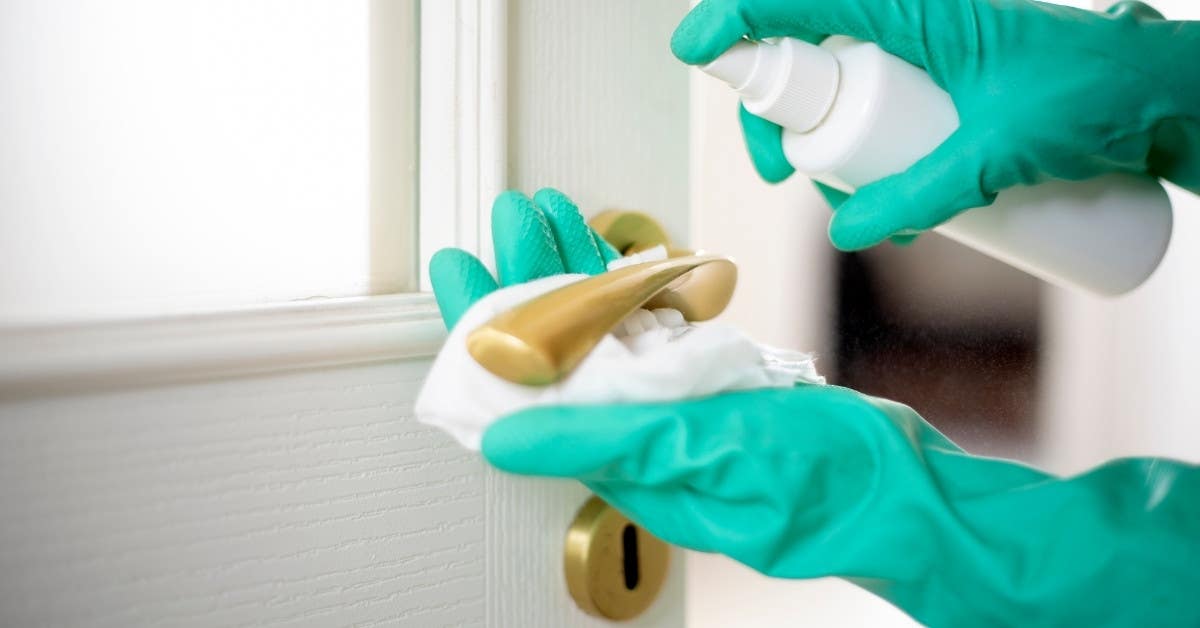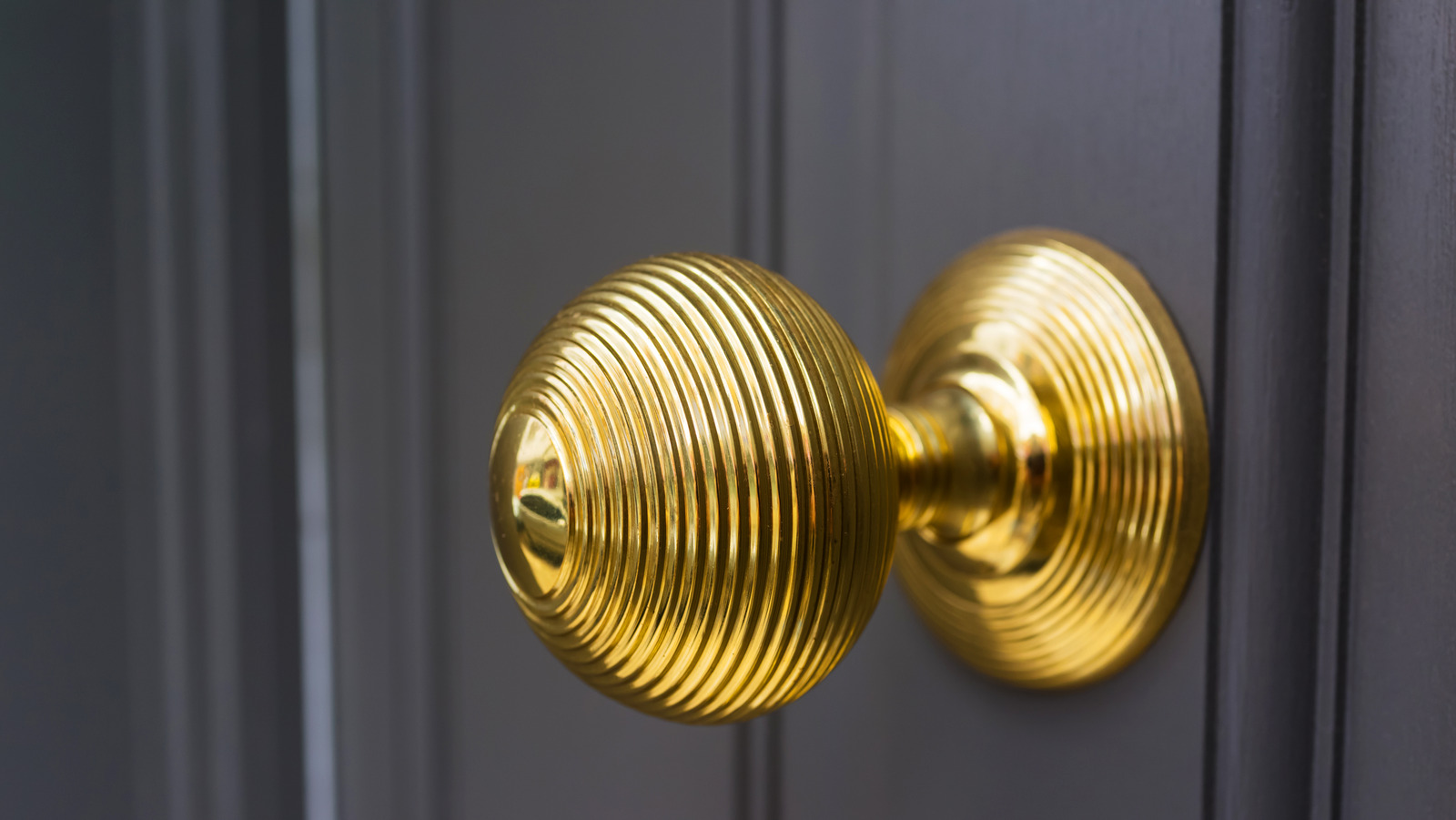Cleaning Brass Cabinet Handles

Brass cabinet handles, with their timeless elegance and warm, lustrous finish, can add a touch of sophistication to any space. However, over time, they can become tarnished, oxidized, or stained, dulling their shine and detracting from their aesthetic appeal. Regular cleaning is essential to maintain their beauty and preserve their value.
Cleaning Agents for Brass Cabinet Handles
The effectiveness of different cleaning agents varies depending on the severity of the tarnish and the type of brass. Some common options include:
- Vinegar: A mild acid, vinegar can effectively remove light tarnish and oxidation. Its gentle nature makes it suitable for delicate brass pieces.
- Baking Soda: A mild abrasive, baking soda can help remove stubborn stains and tarnish. It is often used in combination with vinegar to create a paste.
- Lemon Juice: Similar to vinegar, lemon juice contains citric acid, which can help remove tarnish and brighten brass. However, it should be used cautiously as it can be more acidic than vinegar.
- Commercial Brass Cleaners: These cleaners are specifically designed for brass and often contain chemicals that effectively remove tarnish and oxidation. However, it is important to follow the manufacturer’s instructions carefully and use them in a well-ventilated area.
Cleaning Brass Cabinet Handles with Vinegar
Vinegar is a safe and effective cleaning agent for brass cabinet handles. To clean brass with vinegar, follow these steps:
- Prepare a vinegar solution: Mix equal parts white vinegar and water in a spray bottle.
- Apply the solution: Spray the vinegar solution onto the brass handles and let it sit for a few minutes.
- Scrub the handles: Use a soft cloth or sponge to gently scrub the handles, removing any tarnish or dirt.
- Rinse the handles: Rinse the handles thoroughly with clean water to remove any remaining vinegar solution.
- Dry the handles: Dry the handles with a clean, soft cloth.
Cleaning Brass Cabinet Handles with Baking Soda
Baking soda can be used to remove stubborn stains and tarnish from brass cabinet handles. To clean brass with baking soda, follow these steps:
- Create a baking soda paste: Mix baking soda with a small amount of water to create a thick paste.
- Apply the paste: Apply the baking soda paste to the brass handles and let it sit for a few minutes.
- Scrub the handles: Use a soft cloth or sponge to gently scrub the handles, removing any tarnish or dirt.
- Rinse the handles: Rinse the handles thoroughly with clean water to remove any remaining baking soda paste.
- Dry the handles: Dry the handles with a clean, soft cloth.
Cleaning Brass Cabinet Handles with Lemon Juice
Lemon juice can be used to brighten brass and remove light tarnish. To clean brass with lemon juice, follow these steps:
- Prepare a lemon juice solution: Mix equal parts lemon juice and water in a spray bottle.
- Apply the solution: Spray the lemon juice solution onto the brass handles and let it sit for a few minutes.
- Scrub the handles: Use a soft cloth or sponge to gently scrub the handles, removing any tarnish or dirt.
- Rinse the handles: Rinse the handles thoroughly with clean water to remove any remaining lemon juice solution.
- Dry the handles: Dry the handles with a clean, soft cloth.
Cleaning Brass Cabinet Handles with Commercial Brass Cleaners, Clean brass cabinet handles
Commercial brass cleaners are specifically designed to remove tarnish and oxidation from brass. To clean brass with commercial brass cleaners, follow these steps:
- Read the manufacturer’s instructions: Carefully read the instructions on the brass cleaner bottle before using it.
- Apply the cleaner: Apply the brass cleaner to the handles according to the manufacturer’s instructions.
- Scrub the handles: Use a soft cloth or sponge to gently scrub the handles, removing any tarnish or dirt.
- Rinse the handles: Rinse the handles thoroughly with clean water to remove any remaining brass cleaner.
- Dry the handles: Dry the handles with a clean, soft cloth.
Maintaining Clean Brass Cabinet Handles

Keeping brass cabinet handles looking their best requires a proactive approach. While regular cleaning is essential, preventing tarnish is equally important. Understanding the factors that contribute to tarnishing allows for strategic measures to minimize its occurrence and maintain the beauty of your brass hardware.
Factors Contributing to Tarnish
Brass tarnishes due to a natural chemical reaction with elements in the environment. This reaction forms a thin layer of oxide on the surface, resulting in a dull, discolored appearance.
- Exposure to Air: Oxygen in the air reacts with brass, leading to oxidation and tarnishing.
- Moisture: Humidity, whether from the air or spills, can accelerate tarnishing by promoting the oxidation process.
- Fingerprints: Oils and acids present in fingerprints can react with brass, contributing to tarnishing.
Preventing Tarnish
Proactive measures can significantly minimize the rate of tarnishing and preserve the shine of your brass cabinet handles.
- Regular Cleaning: Regularly wiping down your handles with a soft cloth helps remove fingerprints and dust, preventing the build-up of contaminants that contribute to tarnishing.
- Protective Coatings: Applying a sealant or polish creates a barrier between the brass and the environment, reducing exposure to air and moisture. This helps slow down the tarnishing process.
- Avoiding Harsh Chemicals: Strong cleaning agents, such as ammonia-based cleaners, can damage the brass surface and accelerate tarnishing. Use mild cleaners specifically designed for brass or a solution of warm water and dish soap.
Storing Brass Cabinet Handles
When not in use, storing brass handles properly can prevent damage and tarnish.
- Clean and Dry: Ensure the handles are clean and dry before storage to avoid attracting moisture or dust.
- Airtight Containers: Storing handles in airtight containers, such as plastic bags or boxes, minimizes exposure to air and moisture, slowing down tarnishing.
- Wrap in Paper: Wrapping handles in acid-free tissue paper or parchment paper can further protect them from scratches and prevent contact with other materials.
Applying a Protective Coating
Applying a protective coating, such as a sealant or polish, helps maintain the shine and prevent tarnishing.
- Clean the Surface: Thoroughly clean the handles with a mild cleaner and dry them completely.
- Apply in Thin Coats: Apply the sealant or polish in thin, even coats, following the manufacturer’s instructions.
- Allow to Dry: Allow the coating to dry completely before handling or using the handles.
- Reapply as Needed: Depending on the type of coating used, reapplication may be necessary every few months or as needed to maintain protection.
Restoring Brass Cabinet Handles

Restoring the shine to your brass cabinet handles involves removing tarnish and polishing them to their original luster. This process requires specific tools and techniques, depending on the level of tarnish and the desired finish.
Polishing Brass Cabinet Handles
Polishing brass cabinet handles removes tarnish and restores their shine. This involves using various polishing cloths and tools, each with its effectiveness on brass.
- Polishing Cloths: Microfiber cloths are effective for removing light tarnish and achieving a gentle shine. For heavier tarnish, consider using a specialized brass polishing cloth that contains a mild abrasive. These cloths are often impregnated with a cleaning agent that helps break down tarnish.
- Polishing Compounds: Polishing compounds are available in paste, liquid, and powder forms. These compounds contain abrasive particles that remove tarnish and restore the shine. The abrasive particles range in size, with finer particles used for light tarnish and coarser particles for heavier tarnish.
- Polishing Tools: A variety of tools can be used for polishing brass, including polishing wheels, brushes, and cloths. Polishing wheels are mounted on a drill or rotary tool and are used for removing heavy tarnish and achieving a high shine. Polishing brushes are available in various sizes and bristle types and are used for cleaning crevices and detailed areas.
Clean brass cabinet handles – Before polishing, it is essential to clean the handles with a mild soap and water solution to remove any dirt or debris. Then, apply a small amount of polishing compound to a polishing cloth or wheel. Gently rub the compound onto the brass in a circular motion, applying more pressure for heavier tarnish.
After polishing, wipe the handles with a clean, dry cloth to remove any residue. You may need to repeat the polishing process several times to achieve the desired shine.
Refinishing Brass Cabinet Handles
Refinishing brass cabinet handles involves sanding, lacquering, or plating to restore their original finish or create a new look.
Sanding is used to remove heavy tarnish and scratches, creating a smooth surface. A fine-grit sandpaper is recommended for this process. After sanding, you can apply a lacquer to protect the brass from tarnishing and enhance its shine.
Plating is a process that involves coating the brass with another metal, such as chrome or nickel. This process can give the handles a new look and protect them from tarnishing.
Before refinishing, consider the style and age of the handles. For antique handles, you may want to preserve their patina, while newer handles can be refinished to a brighter, more modern look.
Yo, clean brass cabinet handles are a vibe, right? They add that classic touch to any space. But, you know what else is super convenient? A battery operated bathroom mirror cabinet ! It’s like having a little magic mirror in your bathroom.
Anyway, back to those brass handles, they’re totally timeless, so if you’re thinking of updating your bathroom, consider giving them a try!
Clean brass cabinet handles? Yup, they’re a classic! But you know what really ties the whole bathroom together? A sleek marble top bathroom floor cabinet. It’s like the perfect backdrop for those shiny brass handles, ya know?
Gives the whole space that polished, sophisticated vibe.
